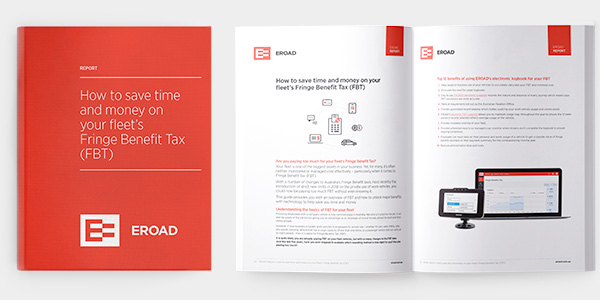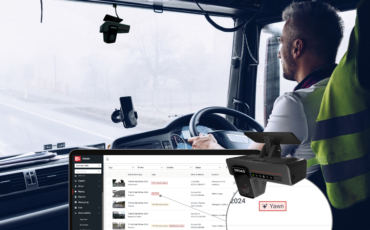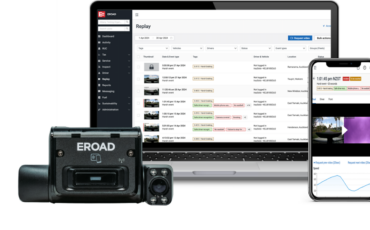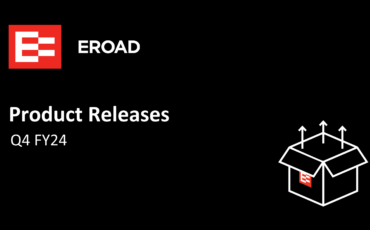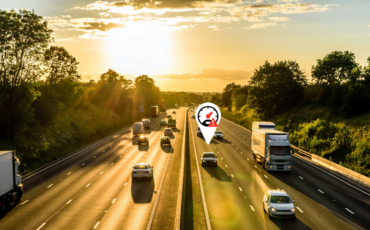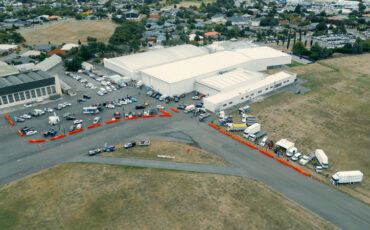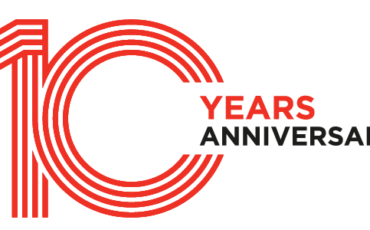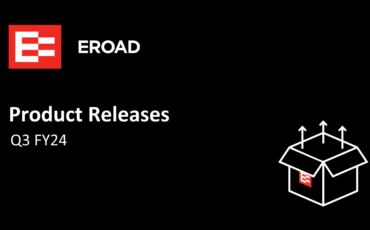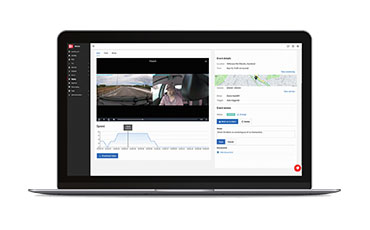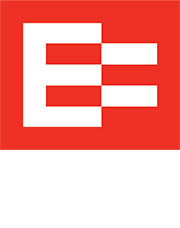Are you paying too much for your fleet’s Fringe Benefits Tax?
Are you paying too much for your fleet’s Fringe Benefits Tax?
Are you paying too much for your fleet’s Fringe Benefits Tax?
Your fleet is one of the biggest assets in your business. Yet, for many, it’s often neither monitored or managed cost effectively – particularly when it comes to Fringe Benefits Tax (FBT).
With a number of changes to Australia’s Fringe Benefit laws, most recently the introduction of strict new limits in 2018 on the private use of work vehicles, you could now be paying too much FBT without even knowing it.
Understanding the basics of FBT for your fleet
Providing employees with a company vehicle is now common place in Australia. Not only is it a tool for the job, it can also be a perk of the job too by giving you an advantage as an ‘employer of choice‘ to help attract the best and most skilled people.
However, if your business provides work vehicles to employees for private use – whether it’s cars, vans, 4WDs, utes, any goods-carrying vehicle that has a cargo capacity of less than one tonne, or a passenger vehicle that can carry up to eight people – then it is liable for Fringe Benefits Tax (FBT).
It is quite likely you are already paying FBT on your fleet vehicles, but with so many changes to the FBT laws over the last five years, have you ever stopped to evaluate which operating method is now right for you? Are you paying too much?
“EROAD fleet tracking is fantastic – we’re increasingly seeing benefits in reporting. It’s even more important than real-time information because it’s giving us a history of everything from mileage, event logs to fuel efficiency and maintenance. With servicing, for example, it’s starting to build a picture that helps us make decisions about vehicle replacement, based on factors like fuel economy and repair costs. It’s creating more and more information that’s really beneficial to our fleet.”
Glenn Coughlan
National Operations Manager
Crown Relocations
What is vehicle FBT?
The taxable value of a car fringe benefit is designed to reflect an employee’s ‘private use’ of the vehicle, as only the private use of the car is subject to FBT. Additionally, the FBT law allows ‘employee contributions’ to reduce the taxable value of the car’s Fringe Benefits Tax.
There are two ways to calculate Fringe Benefits Tax for motor vehicles:
1. The statutory formula method
The statutory formula method has traditionally been more popular with business owners because it is a straightforward way of calculating your vehicle FBT. It is based on the car’s cost price. A flat rate of 20% of the car’s base value is used, taking into account how many days of the year the vehicle is available for private use.
2. The operating cost method
The operating cost method is based on the costs of operating the car. It is commonly referred to as the ‘logbook method’ as it requires a business to use logbooks to record how much each vehicle is used for work purposes and how much for private use.
A logbook must be maintained for a period of 12 consecutive weeks for each vehicle and detail the purpose of each trip, how many kilometres were travelled and whether it was work-related or private.
A logbook is then valid for the next five years, provided there is no meaningful change in the business pattern of use.
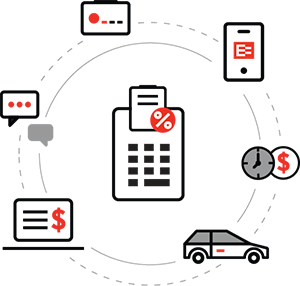
Which FBT method is best?
Typically most businesses have used the statutory method to determine their FBT as it is easier to calculate and doesn’t rely on drivers keeping detailed logbooks.
But with the gradual introduction of a flat FBT rate of 20% (in 2011) some businesses could unwittingly be paying too much.
The operating cost method is more advantageous as it provides for a lower taxable value when employees use their cars regularly for work purposes i.e. when they use the car a lot more for work than privately, you pay less in fleet FBT.
And, thanks to advances in technology, like EROAD’s smart telematics platform, the laborious barriers to using the more cost-effective operating FBT method no longer exist.
EROAD’s electronic FBT Logbook, which the Australian Taxation Office has ruled meets the statutory requirements of a record for FBT purposes, gives you peace of mind that data for travel in a work vehicle is being automatically recorded at the touch of a button – saving time and (potentially) money.
In effect, it automates the entire logbook process to record time, data, mileage and the nature of the trip at the touch of a button – saving significant time and money. No more filling in paper logbooks and hours of admin!
Here’s an example of how the two methods work
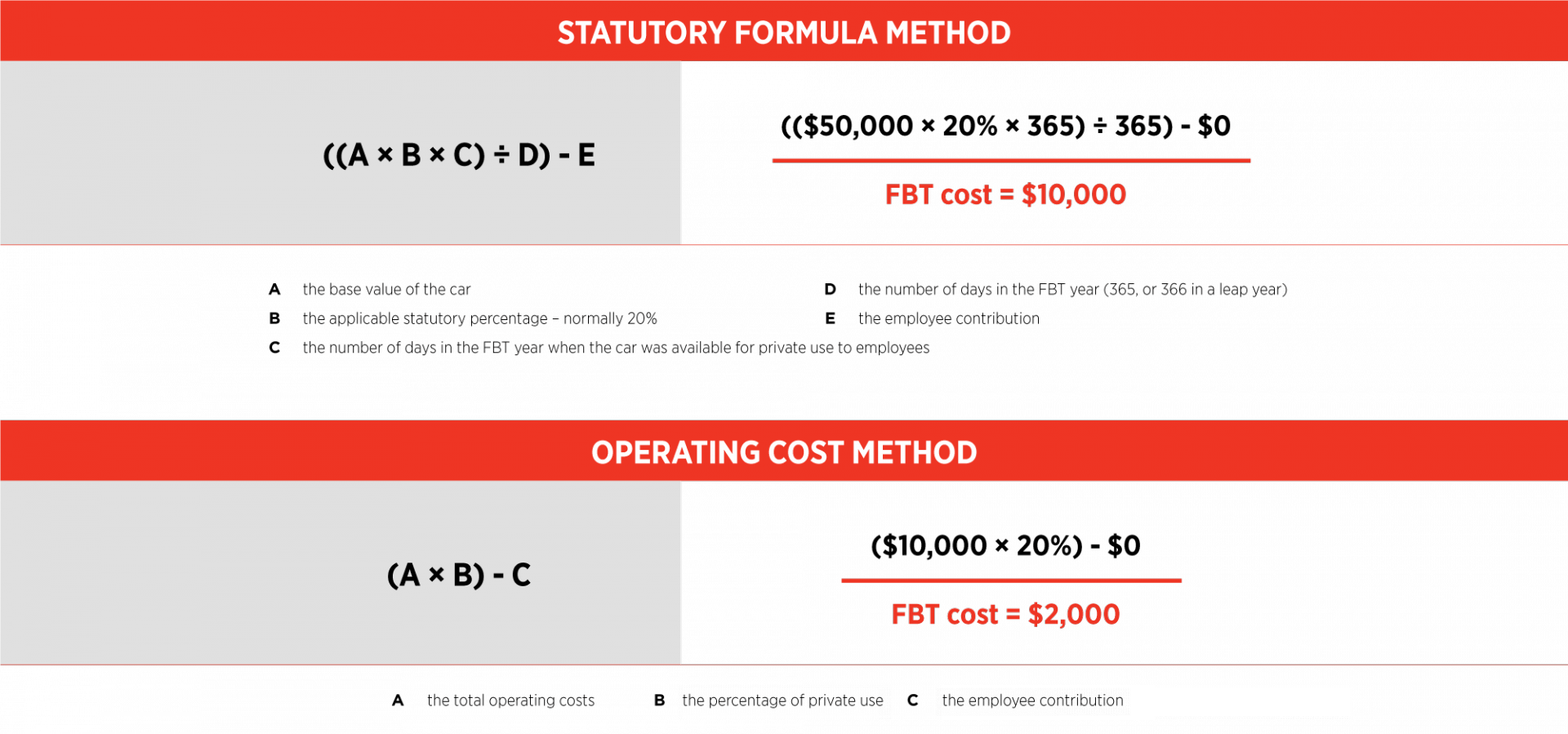
As you can see from the calculations, using the operating cost method is typically the most cost effective way to calculate your FBT – particularly when using an electronic FBT Logbook as it can more accurately calculate the amount of business-related verses private use of a vehicle.
EROAD’s Electronic FBT Logbook also removes the risk of human error and automatically collects all the data you need for your FBT return at the touch of a button. That makes applying the operating cost method much easier, and also helps you meet your legal obligation to keep electronic records understandable and easily accessible.
- Monitors and optimises fleet performance rates
- Identifies under-performing vehicles and assets
- Enhances fuel efficiency
- Helps reduce speeding events
- Assists in identifying optimal routes
- Improves vehicle maintenance scheduling
- Tracks vehicles and driver activity
- Nurtures a solid safety culture
- Enhances CoR compliance
- Monitors driver fatigue
- Helps ensure responsible mass to load constraints
- Encourages safer, more accountable drivers
- Drives down insurance excess and premiums
- Monitors vehicle usage for FBT

